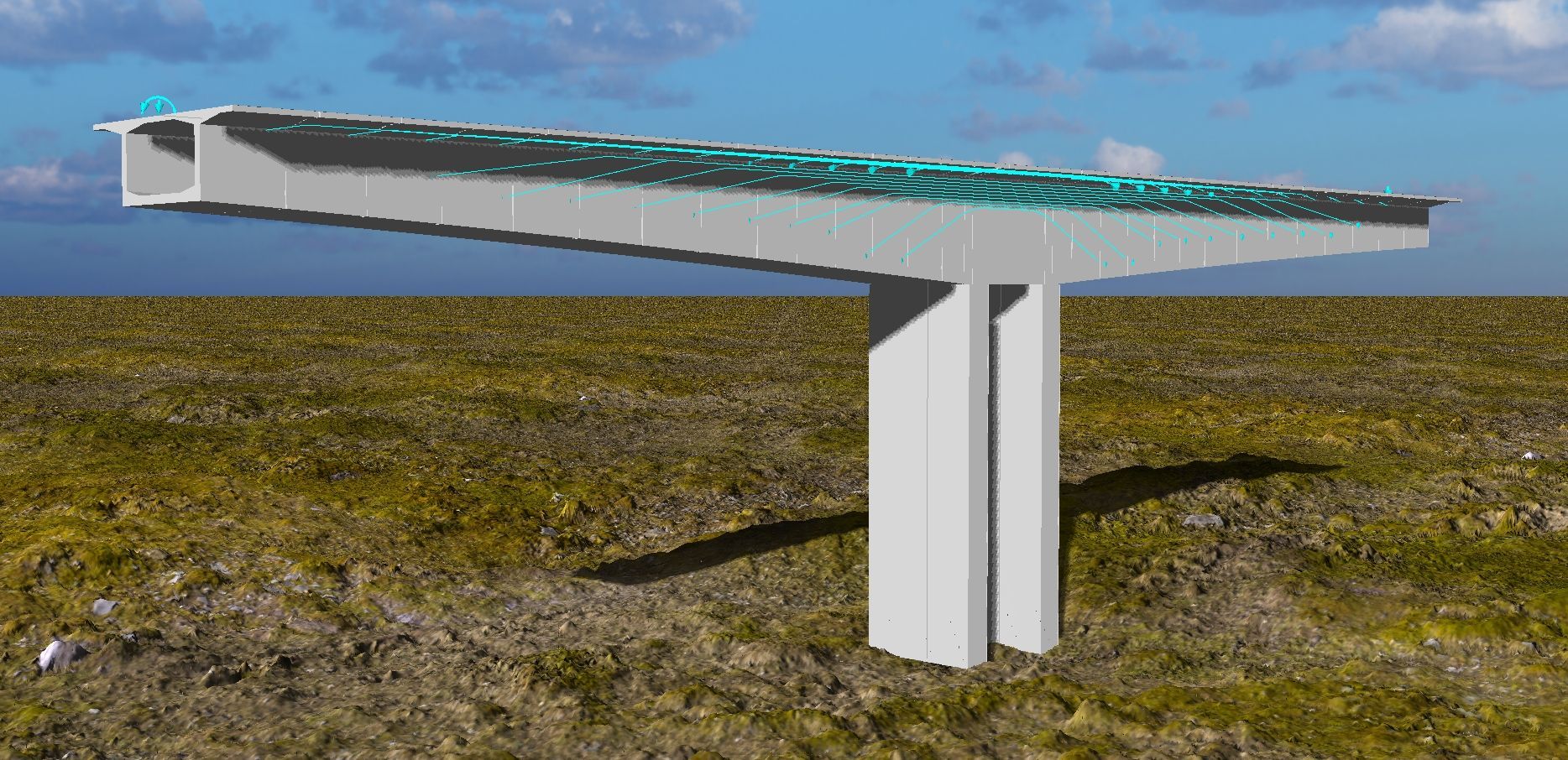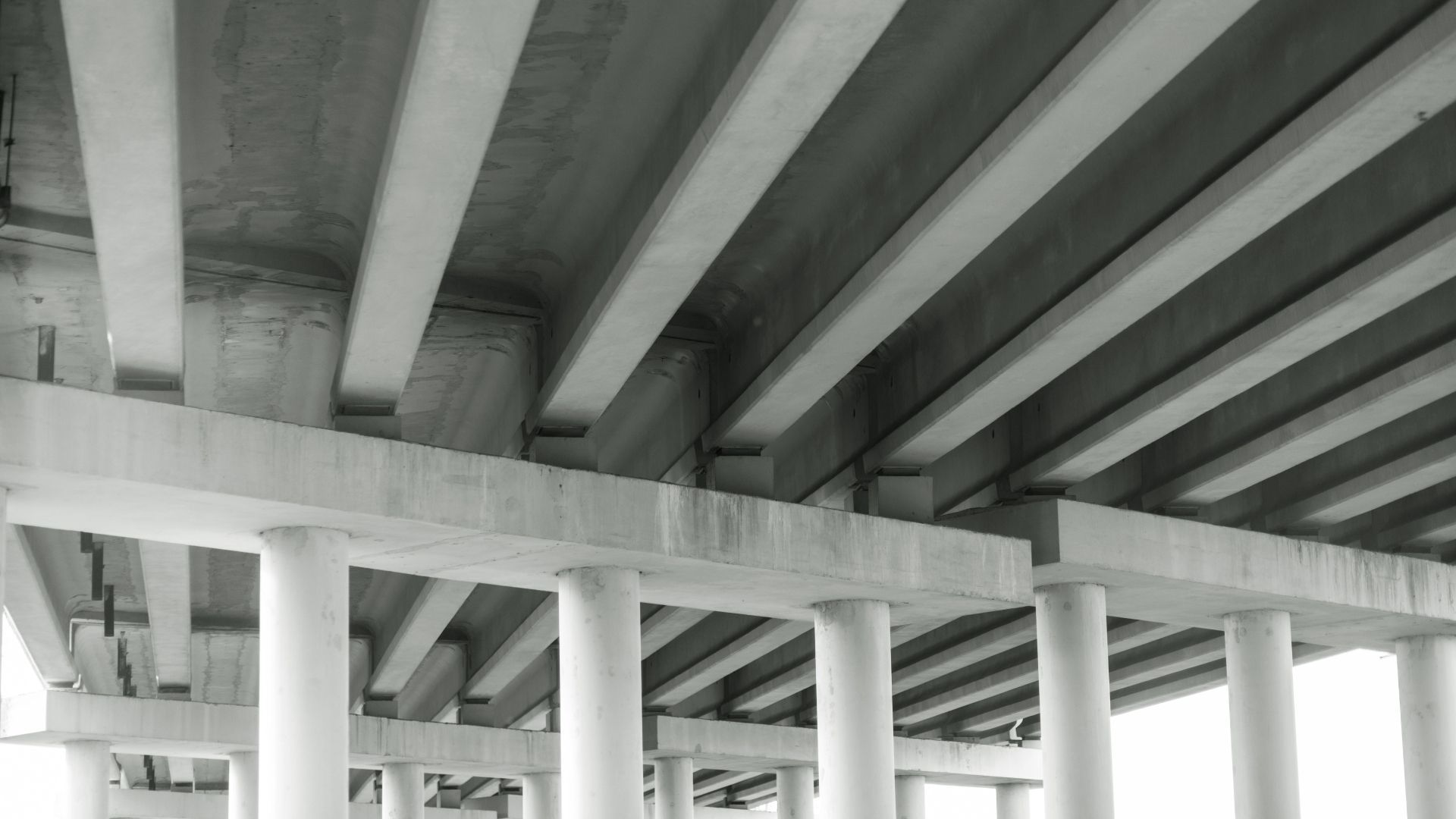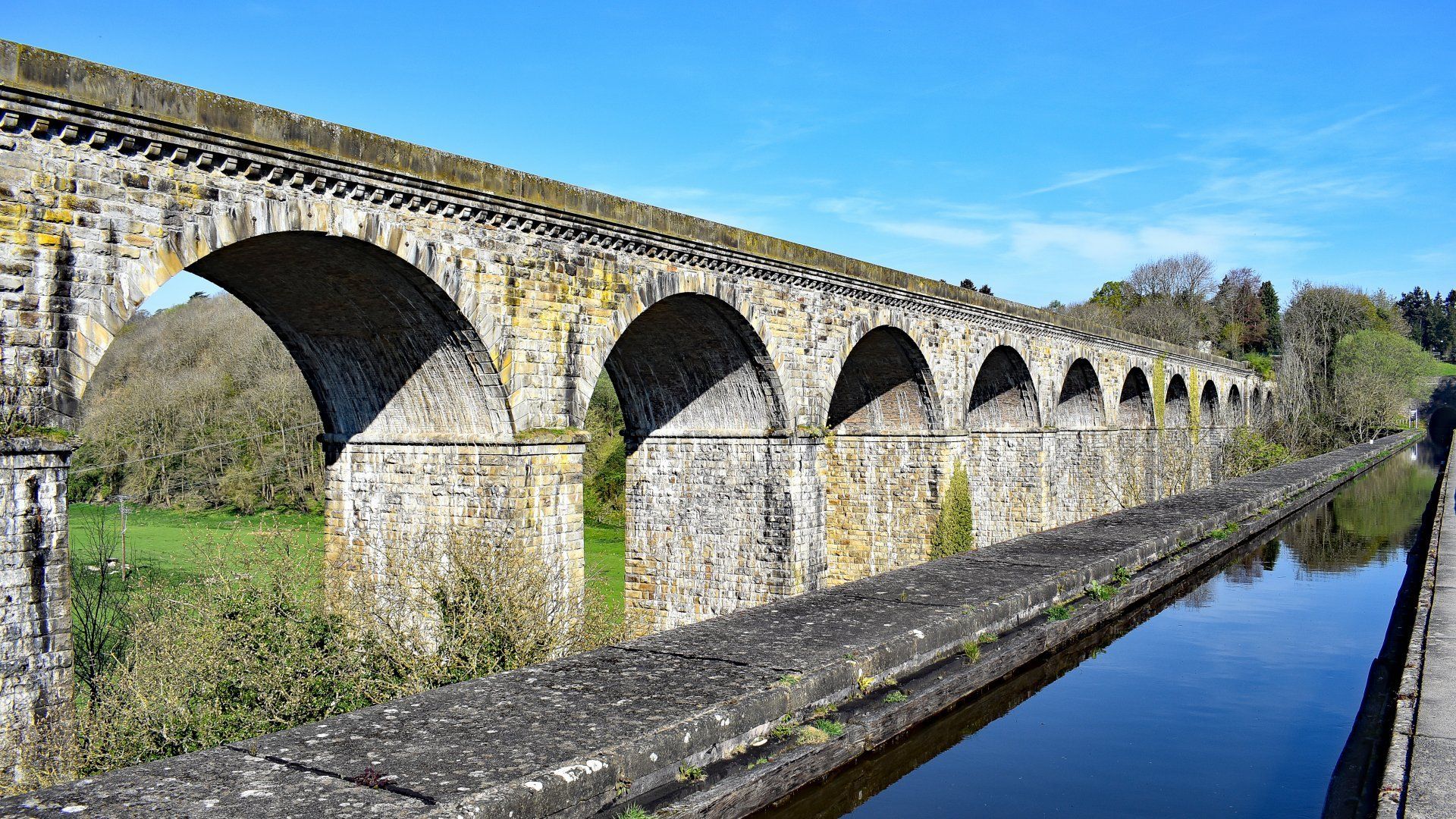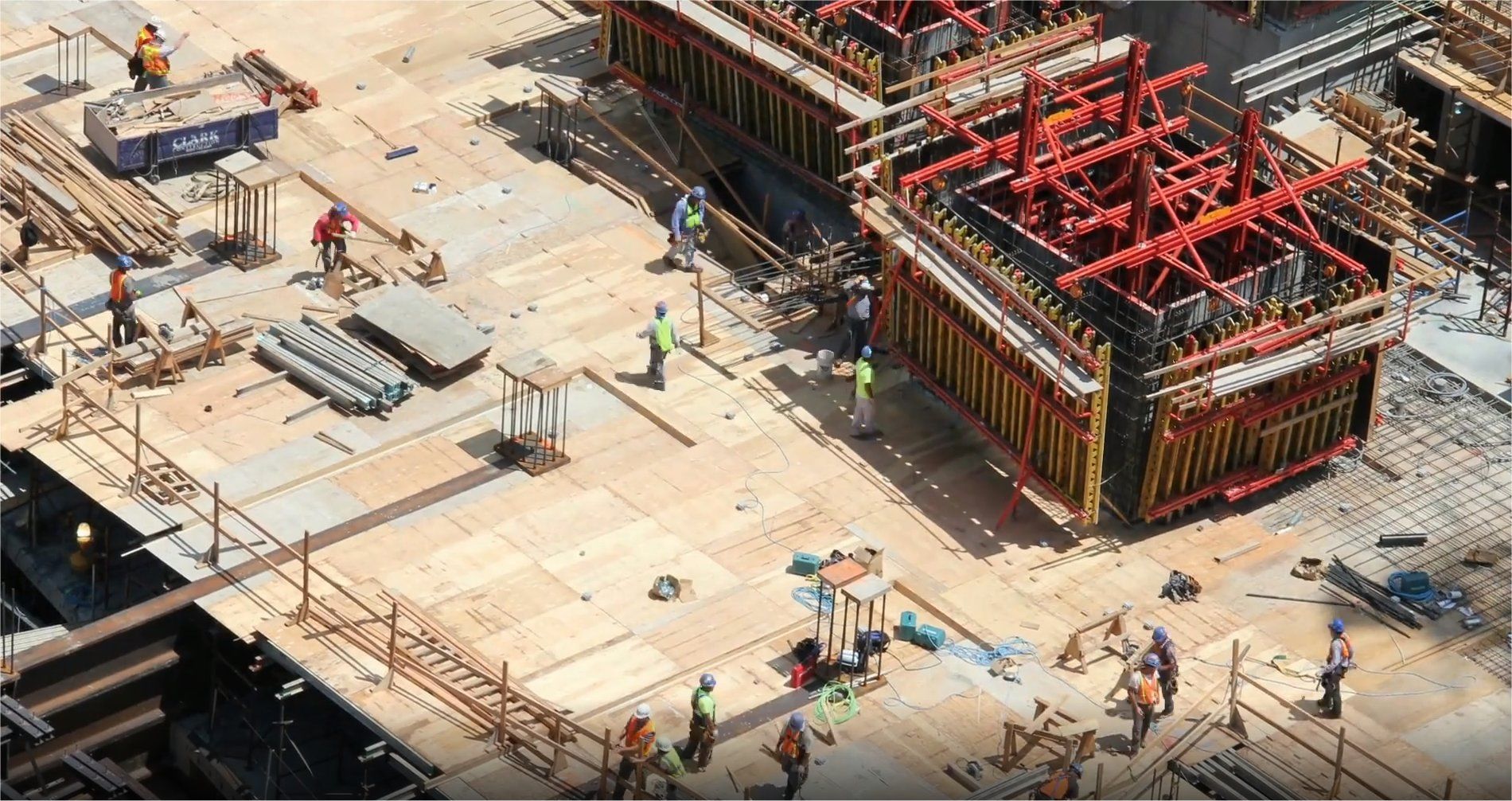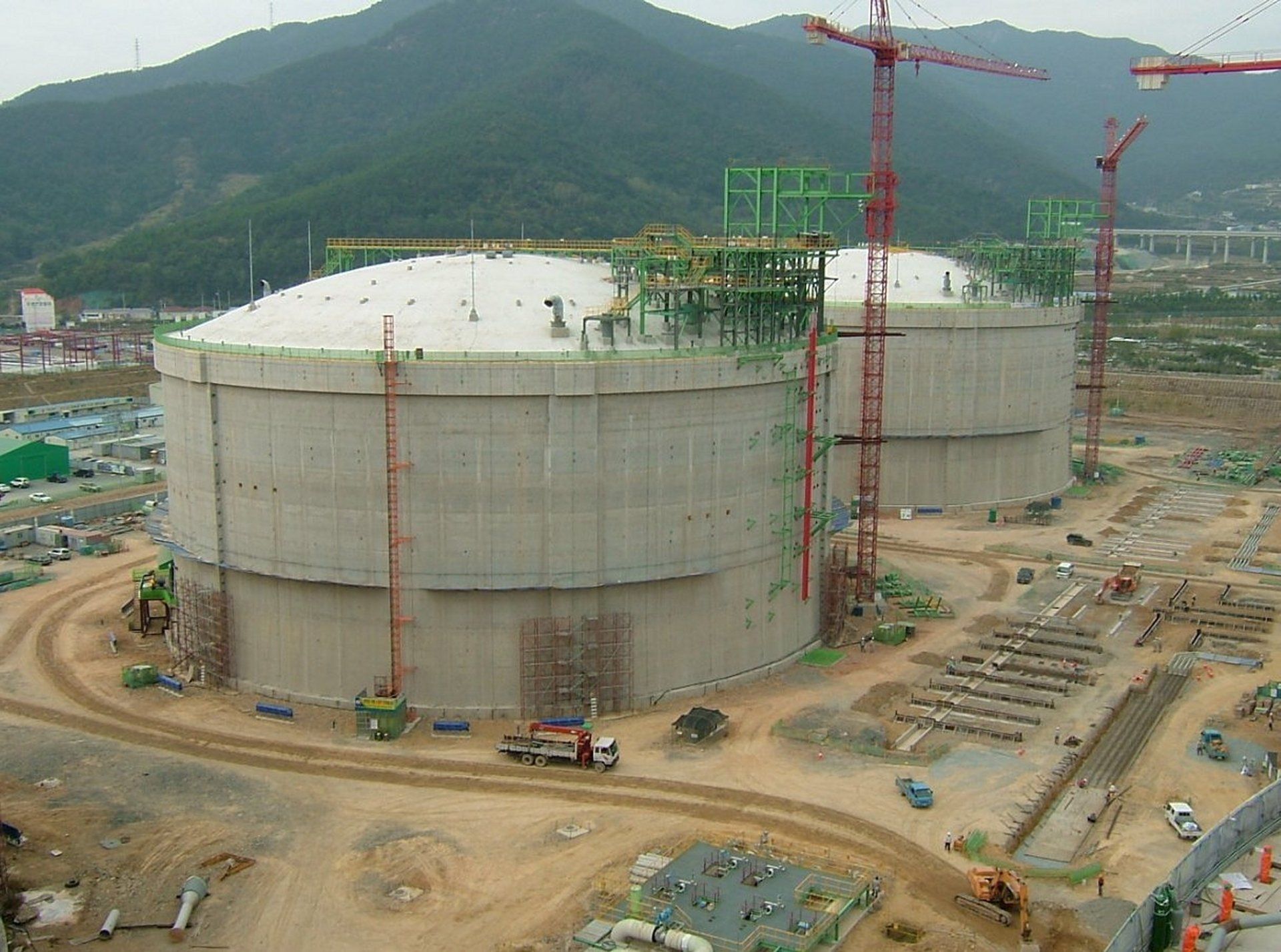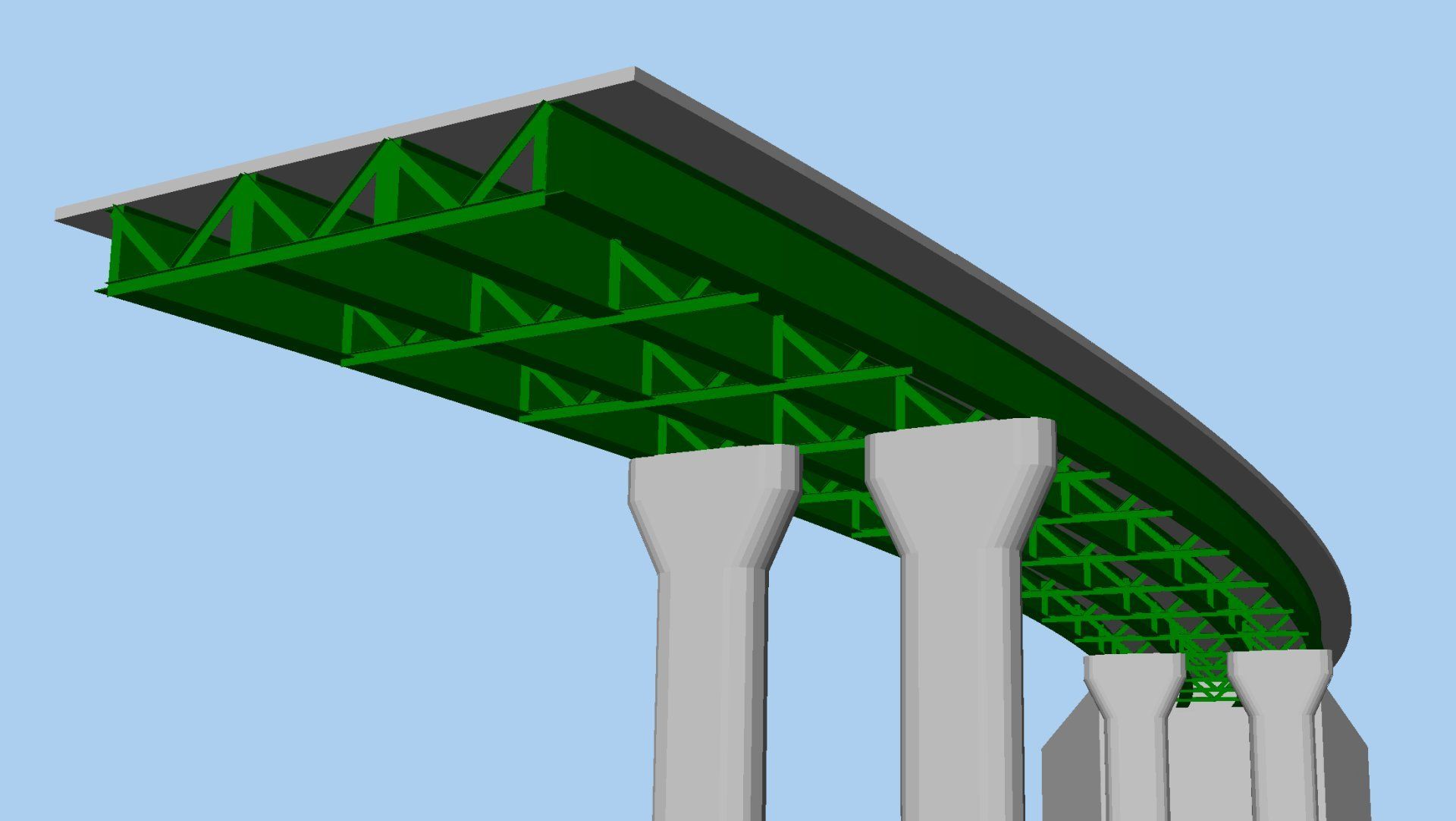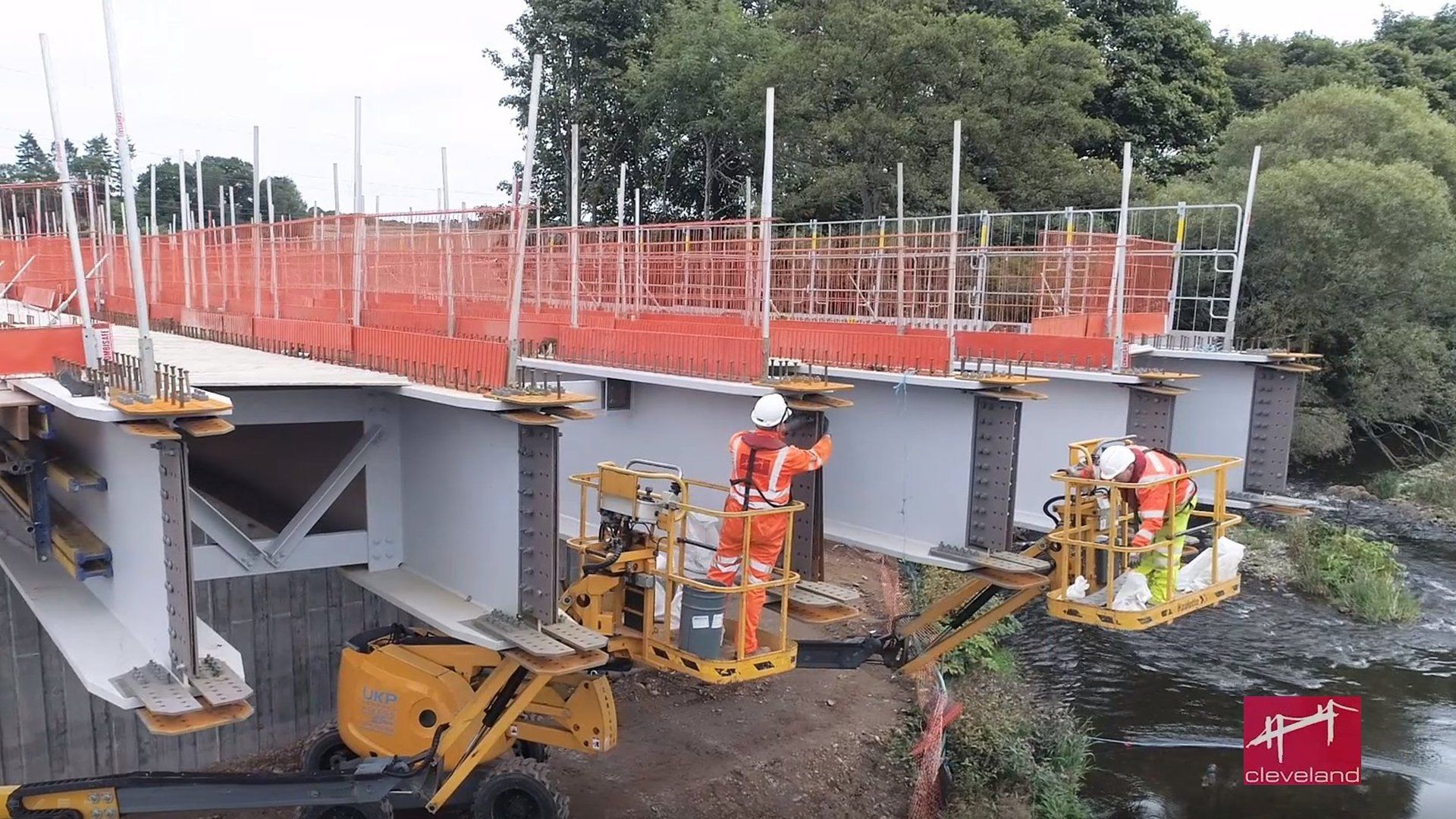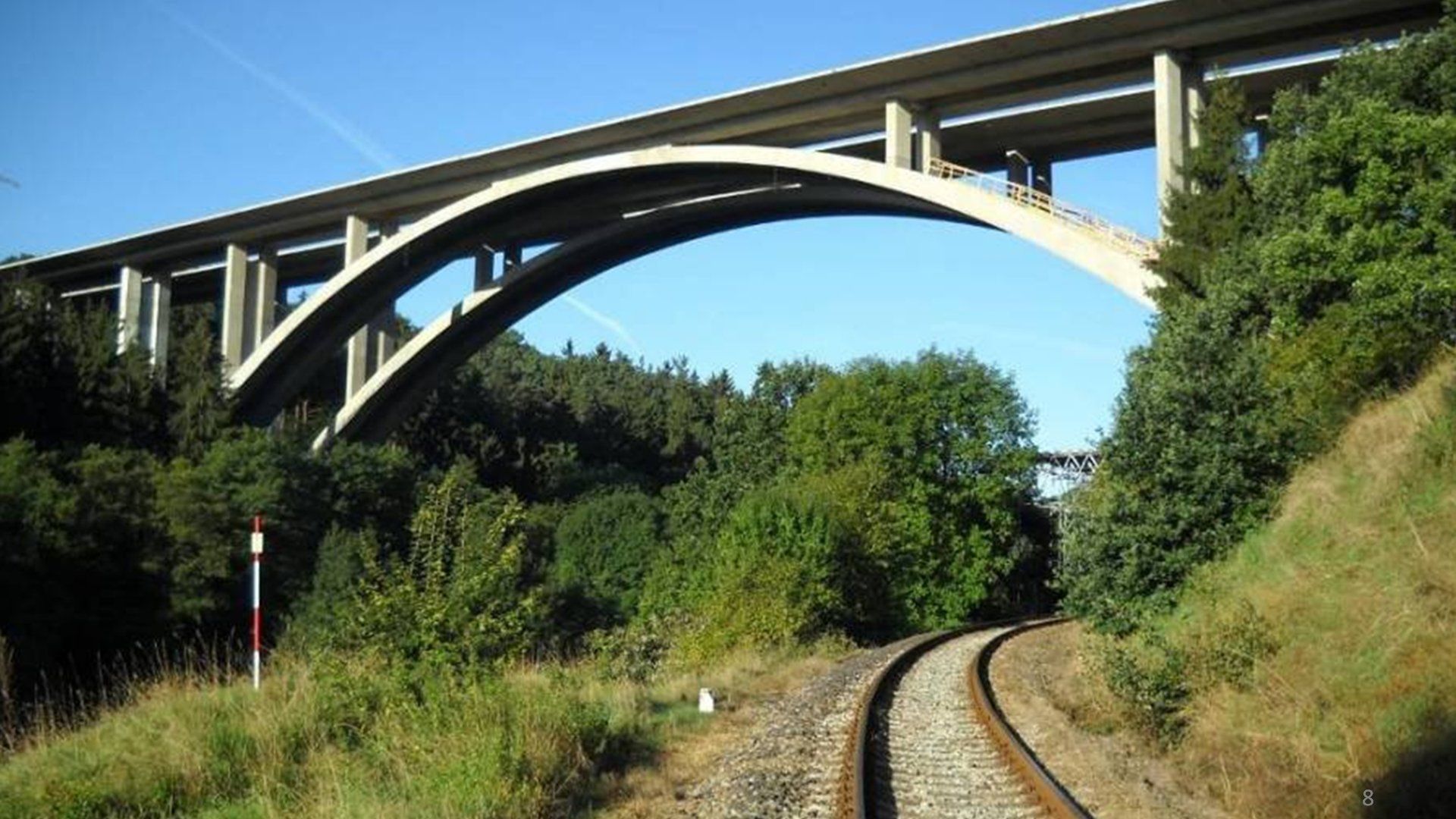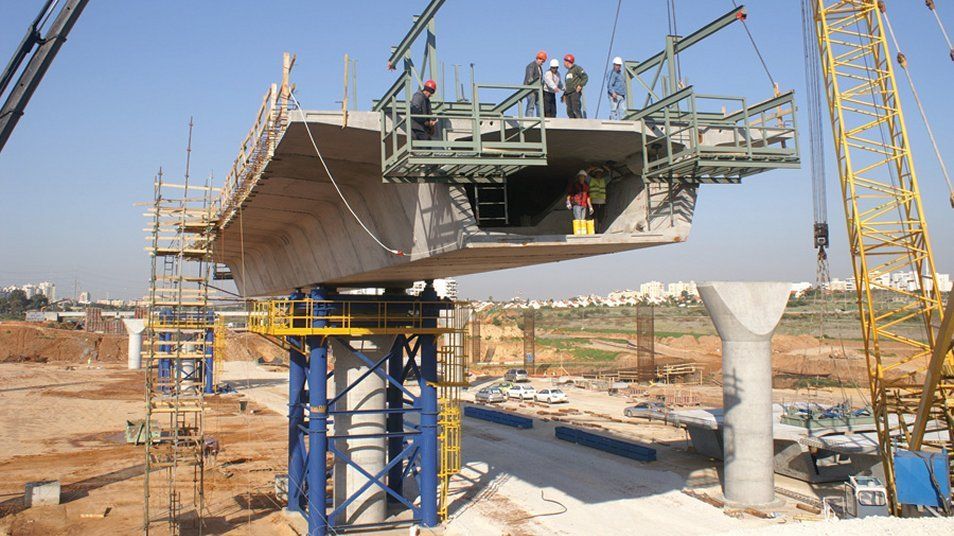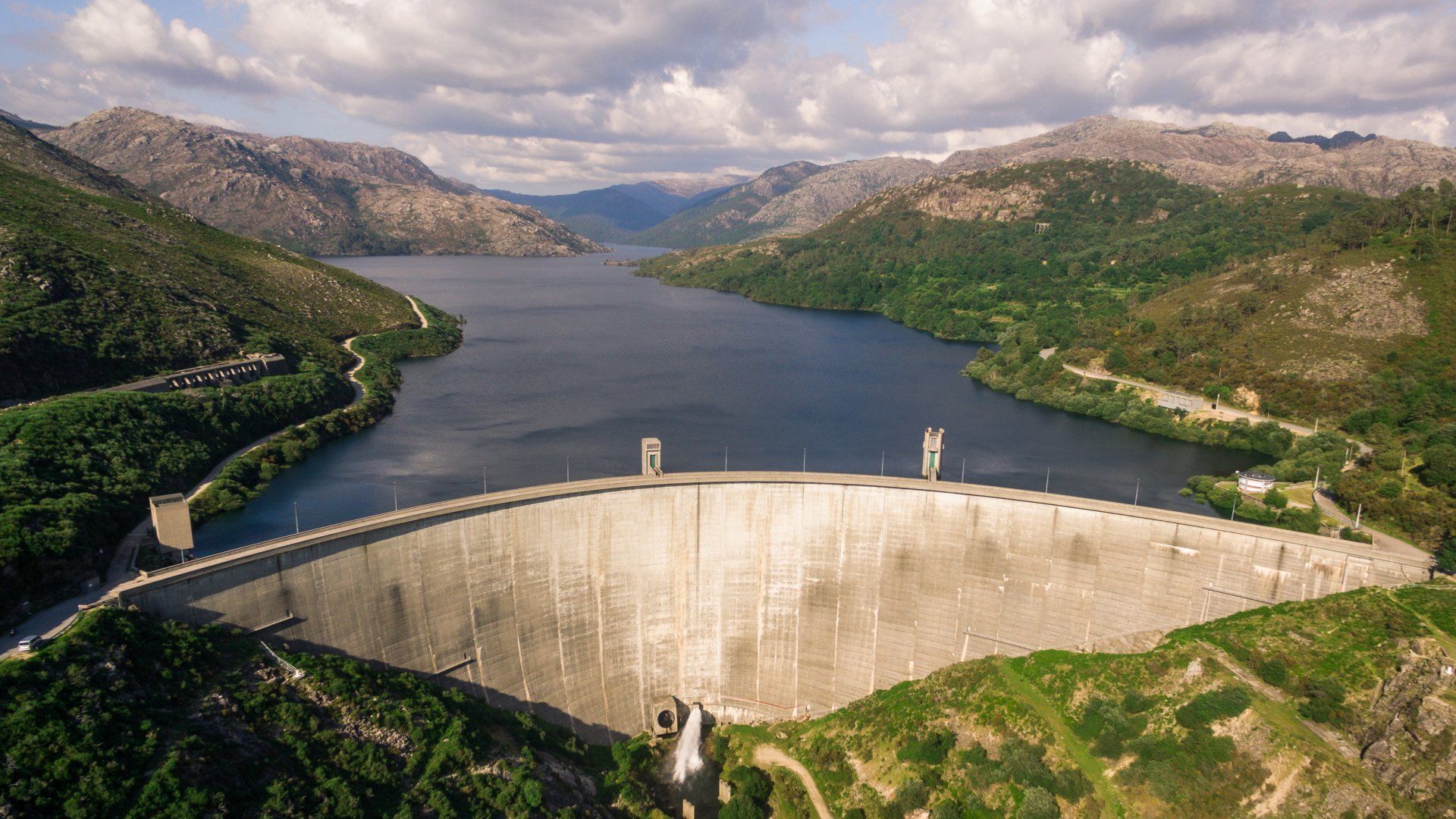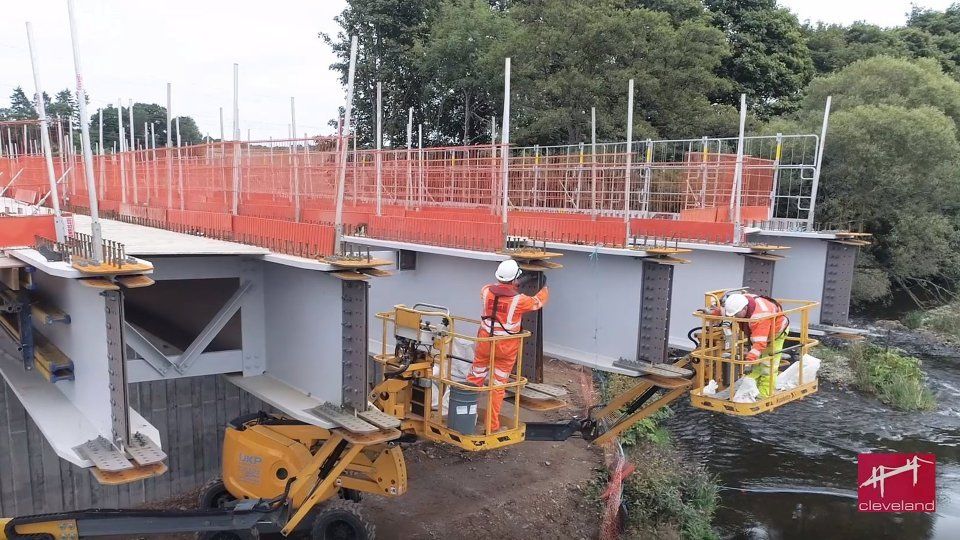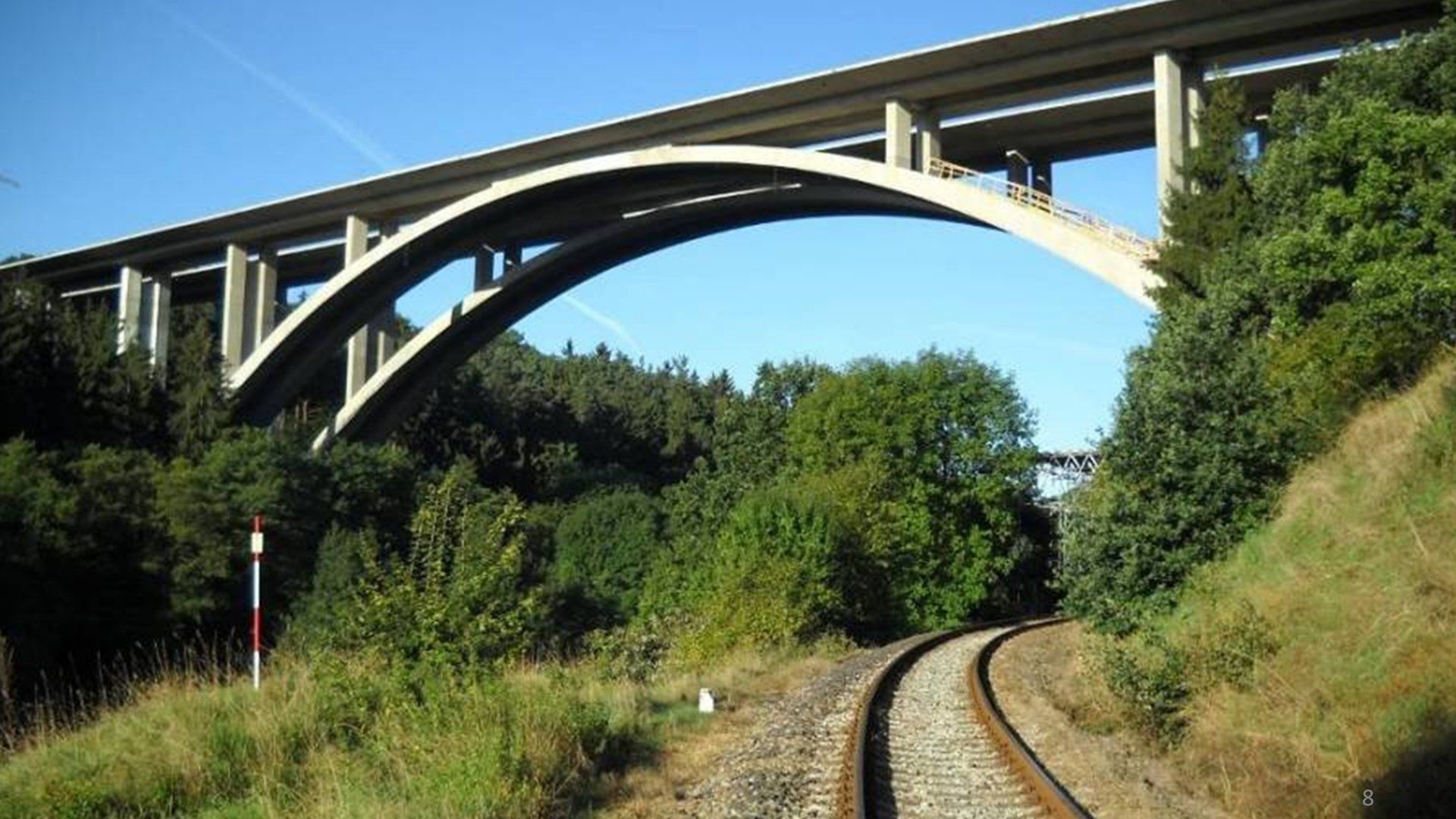- Home
- Discover...
- More about...
- Geotechnical / SSI tools
- Connecting with others
- Grillage modelling
- Steel frame design
- RC slab / wall design
- RC frame design
- Composite deck design
- Steel composite bridge wizard
- Post-tensioned bridge wizard
- Masonry bridge wizard
- Advanced concrete modelling
- Prestress / post-tensioning
- Load optimisation and combinations
- Rail infrastructure modelling
- LNG tank system
- Version 21.0 in detail
- Media...
- Blog
- Contact Us
Overground
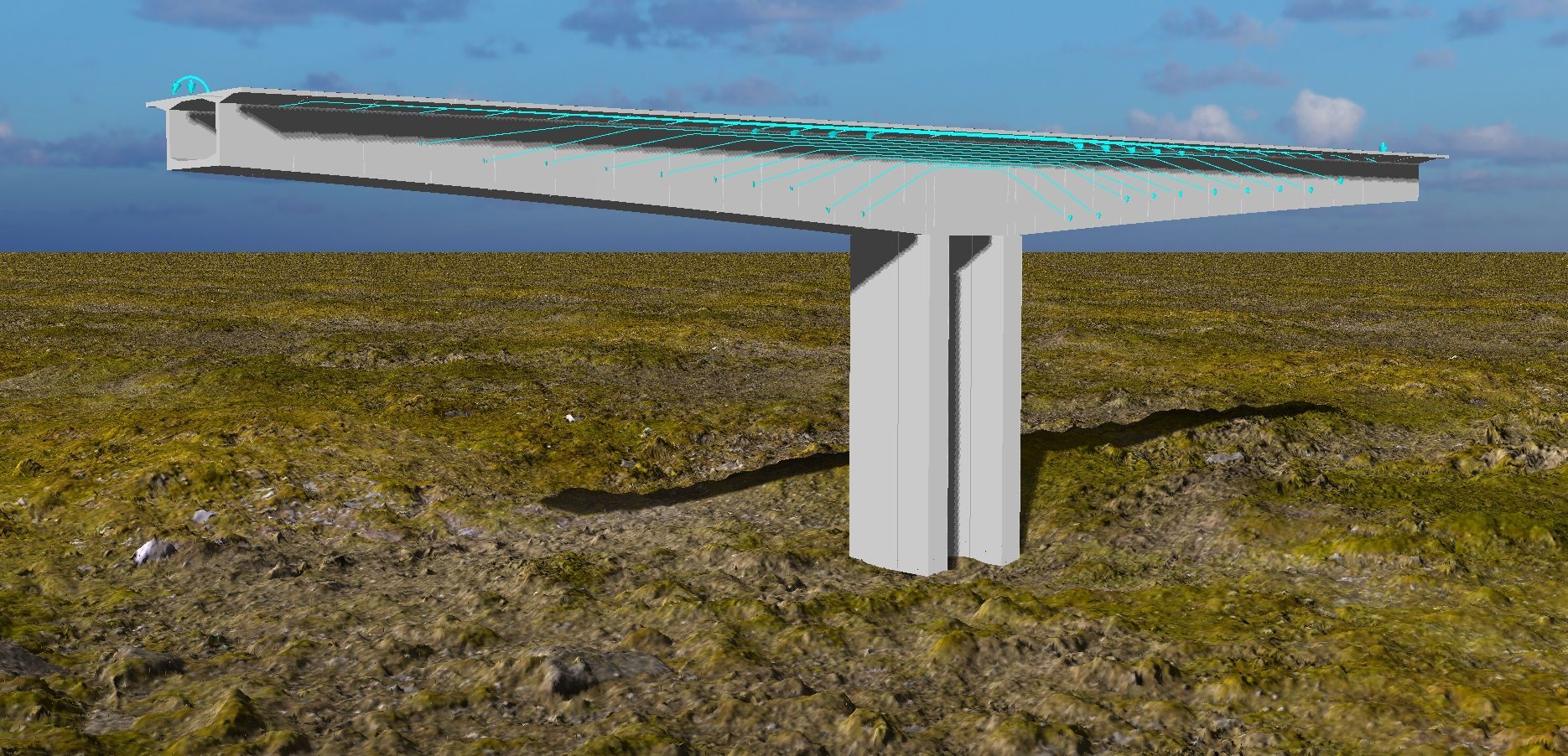
Version 21 continues our mission to release reliable solutions that have the flexibility to be applied to diverse applications. This, combined with our unique singular environment, puts the power of innovation in the hands of our clients.
It provides:
- Post-tensioned bridge wizard. Cantilevering with staged construction and sequential stressing of tendons.
- Traffic loading. Highways. Railways. Everything, everywhere, all at once.
- Rebar in solids. Advanced modelling of RC components made easy.
- And more...
Post-tensioned Bridge Wizard
Complex time stage simply delivered
Balanced cantilever bridges are no problem with the new FCM wizard.
Enter the pier, span and segment dimensions together with construction cycle times let LUSAS build the model and set up the entire construction sequence.
Loads for segments being cast or lifted are calculated and added one stage ahead of their installation.


Tendons and loss calculations
Defining tendons is simple with just 5 or 6 inputs to define a typical profile.
Tendons loads are applied when their anchorage segments are installed automatically, with losses to a range of codes of practice.
Incorporate full time-dependent losses and deformations including creep and shrinkage.
Save time and enjoy the preview
Use smart tools to avoid repetitious data inputs.
In-wizard previews allow you to check on the dimensions and stages before the model is built and solved.
Preview tendon locations in cross-section, elevation and plan as you go.

Bend it your way
Curved or straight on plan, curved profiles and all sorts of span arrangements are covered by the wizard.

See how it's done...
Go beyond the wizard
Use the full power of LUSAS once the model is created:
- Add bridge temperature and traffic loads to a wide range of codes of practice
- Add dynamic analyses or compare alternative construction sequences with multiple analyses
- Add further structural components
Traffic loading
Everything, everywhere, all at once
Highway and rail traffic loading effects for any results of interest: moments, shears, torsions, stresses.
One envelope covering all of your structure. No nodes to choose, no loadcases to solve, no comparisons to make.
Combine the one envelope with dead loads and other loads for design effects everywhere.


Fast, thorough, transparent
Rationalised vehicle placement methods produce results faster.
Our unique algorithms check different lane arrangements that fit within the highway width.
Our tested and trusted technology places traffic loads for the most onerous effects.
View critical load patterns for checking purposes at a click.
Highways and railways around the world
- We span the globe with highway design codes of practice for US, EU, China, Australasia and more.
- Choose from State DOT manual and EU National Annexes if they apply to you.
- Highway assessment / rating codes for US, UK, Sweden and Australia. Railway design and assessment codes including UK, EU and UIC.

See how it's done...
Rebar in solids
Draw it like it is
Model reinforcement bar arrangements in 2D and 3D continuum models without the need to subdivide the feature geometry to follow the lines of reinforcement, greatly simplifying the modelling process.
Draw bars and cages in LUSAS with our advanced modelling tools, or import from Revit or other CAD software if that makes it easier.



Cracking, crushing and creeping
Our industry-leading nonlinear concrete material model offers cracking and crushing along with creep and shrinkage to a range of codes of practice.
The new embedded bars make it easy to model an unusual component or reinforcement detail, and you can use nonlinear properties for these bars.
Put it together with other facilities in LUSAS, like soil models for interaction.
See how it's done...
It's hot stuff
- Predict the internal heat generation as the concrete cures and identify temperature gradients with a hygro-thermal analysis.
- Couple that with a structural analysis to determine time- and age-dependent deformations and stresses.
- Include embedded bars to assess crack patterns and likely crack-widths.
And more...
Construction sequences
Model construction or dismantling, excavations, embankments, backfilling.
Add and remove supports or structural parts for retaining, tunnel or above ground structures.
Change material properties at any stage in the sequence, e.g. increase back of wall friction after the completion of backfilling operations or change a joint from being pinned to being encastre.

Test multiple scenarios
Track time dependent effects of consolidation together with creep and shrinkage of concrete.
Compare alternative scenarios with multiple analyses and branches.
Check stability or dynamic performance of part-finished projects with branches at any stage.
Fine control where you need it
Reset deformations in any part of the model, while retaining stress history. Ensure parts are added exactly where they were drawn.
Use manual increments, automatic increments or load curves to cover any scenario.

Grillages and Frames
For grillage modelling, define grillage sections for shear key decks and multicellular sections. These additions to the LUSAS facilities complete the set of bridge decks as described in Hambly’s definitive text and the Canadian code of practice.
Add wind loading to trusses and frames. The windward area of beam members is determined automatically to calculate the line loading from an applied pressure and direction.
Use an “end fixity factor” to easily define partial fixity for beams.
Moving loads
Quickly generate a series of loadcases, modelling the movement of any notional vehicle load from a code of practice, or custom array of point and/or patch loads across a model.
Follow any arbitrary path with the vehicle orientated to path at each incremental distance.
Combine vertical, lateral and longitudinal loads to incorporate centrifugal and/or braking effects.


Pedestrian dynamics
Easily define excitations for a single pedestrian, groups of walkers or joggers, to suit international codes of practice.
Generate a transient analysis with the appropriate moving and varying loads.
Vertical, lateral and longitudinal excitations are included, with the relevant magnitudes, frequencies and phase shifts.
Use the flexible interface for excitations which don’t comply with codified rules.

See how it's done...
Rail track analysis
Many rail projects, not just High Speed Rail, require modelling of the interaction of the track components and the supporting bridge, to check that rail stresses arising from temperature and train loading are acceptable.
Use our
Rail Track Analysis wizard to go beyond the simplified structural analogies of the codes. Build rail systems in the wizard and attach them to almost any structure inside LUSAS.

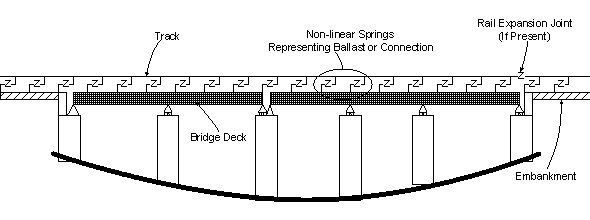
Ballast and automation
New for Version 21, and for when rail stresses or displacements become excessive, ballast now can be modelled as offering reduced (or even zero) longitudinal resistance.
Modifying the model on the basis of results from an initial analysis is now automated, making your workflow slick and efficient.
LNG Tanks
Generate solid models of concrete tanks using the upgraded LNG Tank System.
Incorporate the full 3D geometry (including buttresses) in a detailed thermo-mechanical coupled analyses.
Model double steel tanks (on a concrete base slab), with a construction analysis for the installation of panels. Include wall stiffeners and the domed roof with polar and radial beams

In Version 21...
Learn more about...
-
Post-tensioned Bridge Wizard
Button -
Connecting with others
Button -
Grillage modelling
Button -
Masonry Bridge Wizard
Button -
RC Slab / Wall design
Button -
LNG Tank System
Button -
Steel Composite Bridge Wizard
Photo By: John Doe
Button -
Composite Deck Design
Photo By: John Doe
Button -
Geotechnical / SSI
Photo By: John Doe
Button -
Steel frame design
Photo by: John Doe
Button -
RC frame design
Button -
Traffic Load Optimisation
Button -
Prestress / Post-tensioning
Button -
Advanced concrete modelling
Button -
Rail infrastructure modelling
Button
For more information...
- For more details of LUSAS software products visit www.lusas.com
- To download LUSAS software visit the LUSAS User Area of the main website.
- Contact us via our contact form, or use Live chat, if available.

